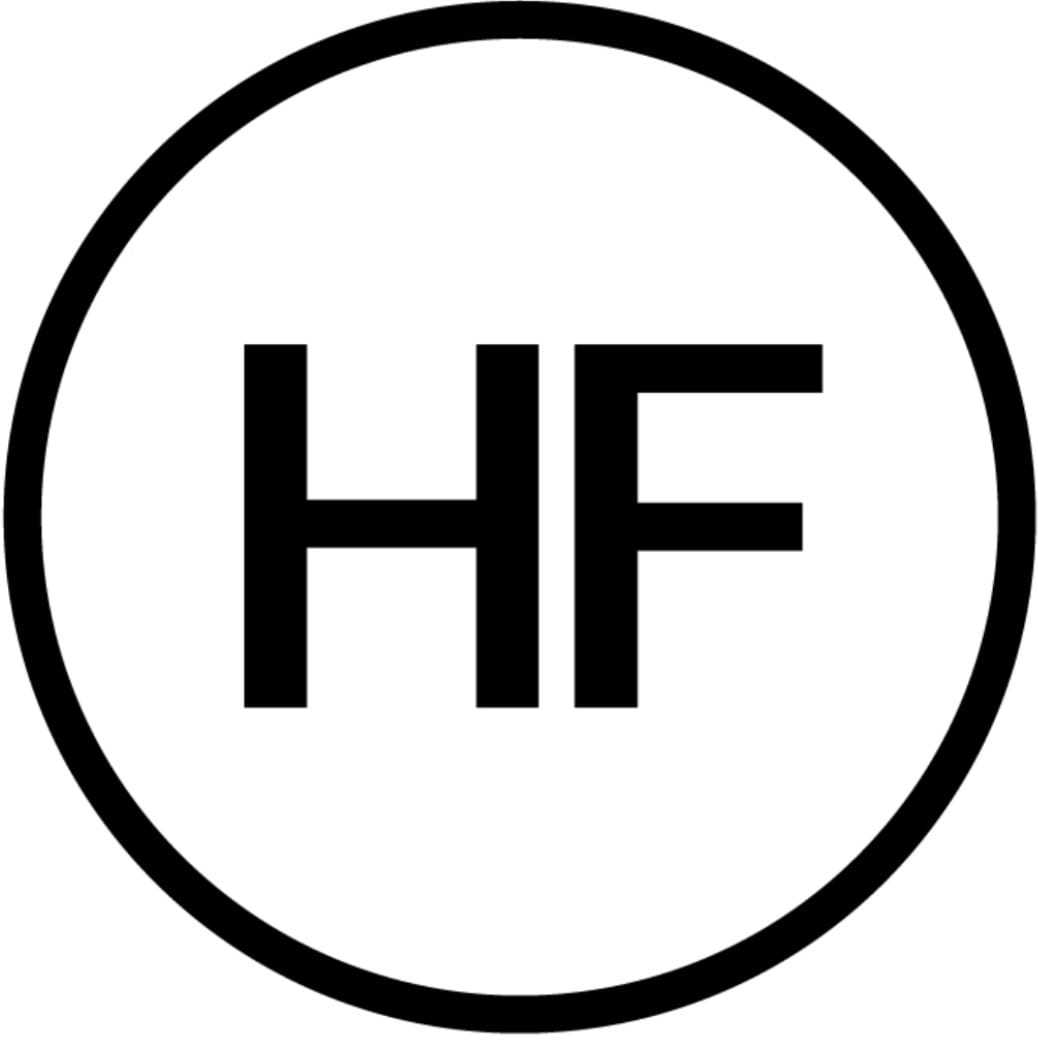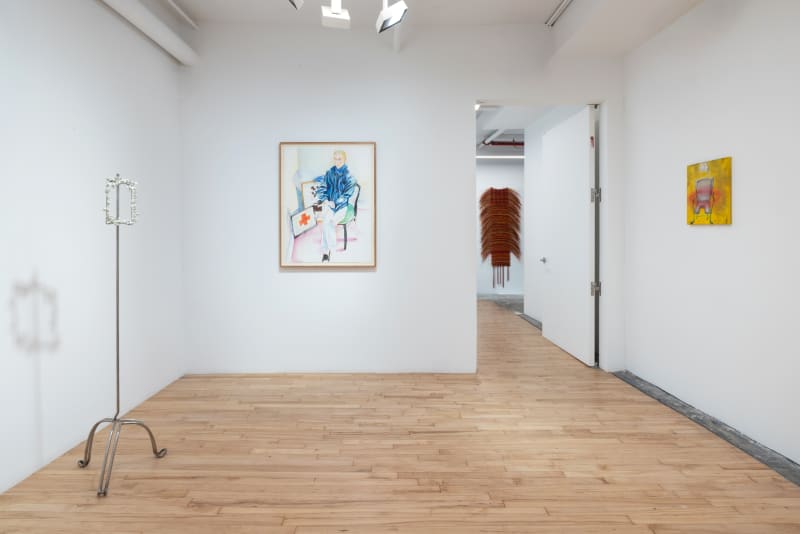HESSE FLATOW is proud to present As beautiful as the chance encounter with a sewing machine, a group exhibition curated by Cecilia Salama featuring the work of eleven artists: Vamba Bility, Antonia Brown, Drake Carr, Elizabeth Englander, Stephanie Temma Hier, Madeleine Ray Hines, Mauro Maglione, Aline Sofie Rainer, Emma Safir, Karinne Smith, and Raine Trainor.
The title of the show comes from the famously poetic metaphor by Comte de Lautréamont, “As beautiful as the chance encounter of a sewing machine and an umbrella on a dissecting table”(1), which became a central theme to the Surrealist movement.
Artist Max Ernst described this confluence as “a linking of two realities that by all appearances have nothing to link them, in a setting that by all appearances does not fit them"(2).
In some ways, getting dressed in the morning – pairing things that might not seem to go together but somehow fit – can be viewed as a Surrealist act. Clothing serves as iconography for individuality both in its physicality – how the body imprints on it, molding to its shape, picking up its scent – and also through the idea that one makes a unique choice in wearing it, i.e. personal style.
Style and Surrealism intersect within the work of artist Meret Oppenheim. One of her most famous pieces, Le Déjeuner en Fourrure (1936), where a teacup, saucer, and spoon are lined with gazelle fur, was a result of a compliment she received on her own fur-lined bracelet from Picasso, while they were at lunch together at a Paris café. A personal fashion accessory had informed her pairing of unlikely objects together in absurd and unsettling ways, forcing the viewer to reflect on gender hierarchies, and the perversions and stereotypes of domesticity.
Fashion can similarly affect contemporary artists, through the stylistic pairings of unlikely objects but also because of the universal influence/reach of today’s fashion landscape. Platforms like Instagram and TikTok have expanded the reach of brands, expanding consumer awareness, rapidly accelerating trend cycles, as well as impacting a shift towards up-cycling, which has then seeped into every other cultural sphere.
This liminal space between personal style affecting creative decisions, the influence of the contemporary landscape, and the unexpected pairings of objects, is what feels most innovative.
One can trace a direct line from Meret Oppenheim’s furry teacup to Raine Trainor’s airbrushed Birkenstocks of webbed duck feet. For Madeleine Ray Hines, the state of luxury consumerism is subverted through her paintings of worn, scuffed stilettos, the imagery of which is sourced from the RealReal shoe product page. Stephanie Hier’s work often pairs disparate objects together within her realistic painting and the surrounding ceramic frame, commenting on over-consumption in the digital age. In Bikini Crucifixion, Elizabeth Englander covers chicken wire crucifixes with used swimsuit fabric, combining the idea of the religious object with the “past life” of a recycled article of clothing. Vamba Bility’s use of bazaar-inspired textiles speaks to the contemporary diasporic experience. Antonia Brown’s sculptures made from silk and ribbon scraps gesture where the body has been restricted through the romantic clothing of the nineteenth-century – bonnets, crinolines, and corsets. Karinne Smith’s oversized collagen sculpture harkens to corsetry, playing on ideas of femininity and domesticity while confronting the viewer with a more visceral reaction. Aline Sophie Rainer’s paintings showcase Marie Antoinette’s jewelry and wigs in the foreground, with her shadowy figure floating behind or sometime just hinted at. Drake Carr’s portrait of famed Vogue fashion director Tonne Goodman is gestural, airy and yet made substantial through her fully detailed gaze and marked accessories. Mauro Maglione, a Milanese photographer who has worked closely with brands like Miu Miu and Versace, captures a painterly yet subversive image a woman in a full sequined gown on the streets of Rome. Emma Safir pairs ancient and contemporary embdroidery manipulation practices within Pole Screen I and II, casting pewter from the forms of traced antique lace to create window-like frames that are then webbed by reflective thread.
Cecilia Salama is an artist, curator, and award-winning fashion art director that lives and works in New York, NY. Salama's work focuses on desire, consumerism, and femininity, within the lens of a constant digital tether to society. Her work has been reviewed by I-D, WWD, ArtNews, Hyperallergic, and Artspace.
(1) Oeuvres complétes, Paris, 1963 ed.,rev. and enl., p. 327
(2) Max Ernst, Beyond Painting, and Other Writings by the Artist and His Friends, New York, 1948, p. 13
(2) Max Ernst, Beyond Painting, and Other Writings by the Artist and His Friends, New York, 1948, p. 13


